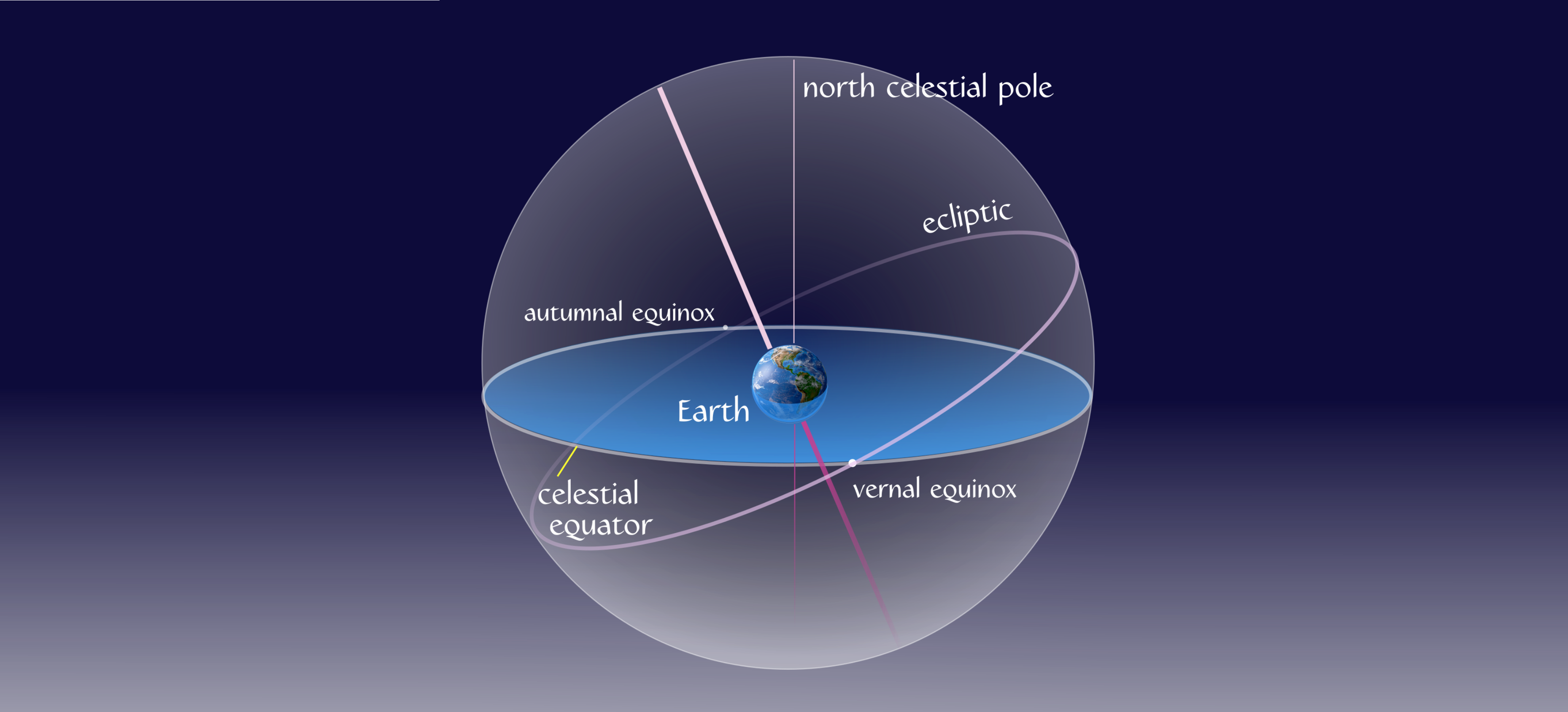Olga Michalopoulos (Retired)
michalopouloso@hdsb.ca
A rare phenomenon that only comes around once in a lifetime is set to take place in Ontario this spring. A total solar eclipse on Monday, April 8, 2024 will turn daytime into darkness in Ontario, and we have an opportunity to share this experience with our students. The last time a total solar eclipse took place in Canada was August 2008, but it was only visible in Nunavut.
Did you know that the chance of seeing a total solar eclipse in any one location on the Earth is about once every 400 years? For instance, the next total solar eclipse to be visible in the GTA won’t occur until
October 26, 2144! This is why it’s referred to as a “once in a lifetime” event.
First, a little astronomy background. A solar eclipse occurs when the Moon passes between the Earth and the Sun, casting a shadow on the Earth that either partially or completely blocks the light from the Sun on the areas of the Earth where the shadow falls.
 Image credit: (Sagredo, 2008)
Image credit: (Sagredo, 2008)
The type of eclipse that people get to see depends on how the Moon aligns with Earth and the Sun as it passes between them, and how far away the Moon is from Earth. All three must be aligned in a perfect or near perfect straight line. Every lunar month, a rough alignment happens at the New Moon phase.
So why isn’t there a solar eclipse every month? Eclipses don’t happen every month because the Moon doesn’t orbit in the exact same plane that the Earth and the Sun do. The Moon’s orbit is tilted approximately 5 degrees to Earth’s orbital plane around the Sun (the ecliptic), so its shadow usually misses the Earth. The figure below describes the ecliptic plane.
 Image Credit: (Amitchell125, 2023)
Image Credit: (Amitchell125, 2023)
“If the sun's path is observed from the Earth's reference frame, it appears to move around the Earth in a path which is tilted with respect to the spin axis at 23.5°. This path is called the ecliptic. It tells us that the Earth's spin axis is tilted with respect to the plane of the Earth's solar orbit by 23.5°.”
(Nave, n.d.)
As a result of the Moon’s tilt, a perfect or near-perfect alignment of the Sun, the Moon, and the Earth can only take place when the New Moon is near a lunar node. Lunar nodes are the points where the plane of the Moon's orbital path meets the ecliptic. This can only happen during periods that come a little less than 6 months apart, and last, on average, around 34.5 days. It is only during this time, also known as the eclipse season, that eclipses can occur.
There are three types of solar eclipses: total, partial, and annular. There is also a fourth, rarer type known as the hybrid eclipse or annular/total eclipse.

Image Credit: (NASA, n.d.): “From left to right, these images above show a total solar eclipse, annular solar eclipse, and partial solar eclipse. A hybrid eclipse appears as either a total or an annular eclipse (the left and middle images), depending on the observer’s location.”
This past October there was a lot of hype about the annular solar eclipse and where on its path across the Americas the “ring of fire” would be visible. The eclipse began in Oregon at 12:13 pm EST and ended off the Atlantic coast of Brazil at 3:48 pm EST. The next annular eclipse over the Americas won’t be seen again until 2046!
An annular solar eclipse occurs when the Moon is at the farthest point in its orbit from Earth. At this distance, it can’t completely block the Sun. Since the Moon’s shadow doesn’t completely cover the Sun when it is passing in front of it, a ring of light (also known as the ring of fire) becomes visible around the shadow of the Moon.
On Tuesday, May 10, 1994, there was an annular solar eclipse visible in Ontario. At maximum eclipse, 89% of the Sun’s surface would be covered by the Moon and a ring of light would surround the Moon’s disk. I had the good fortune to be teaching at Aldershot High School in Burlington that year, and we were in the path of annularity. The eclipse was during a school day, so I was able to use the timing of the eclipse as a teaching moment. Some students constructed pinhole cameras out of shoe boxes and cereal boxes, others used pieces of cardboard with a pinhole in the centre in order to observe the eclipse projected onto a white piece of paper on the ground. I was also able to secure some No. 14 welder’s glasses, which allowed us to safely look directly at the Sun during the eclipse.
Maximum eclipse occurred at 1:23 pm that day and lasted for approximately 4 minutes. We were all outside on the field as it got darker and darker and the temperature dropped. Thankfully, it was only partly cloudy that day, so we were able to see the Sun in somewhat fairly clear skies as the time of maximum annularity approached. Students were amazed as they watched the moon transit across the Sun, seemingly taking “bites out of it”, until it was completely in the centre, and then, the ring of fire appeared! It was truly an unforgettable and amazing sight to behold, and I remember students talking about it for weeks afterwards!
The figure below is taken from theskylive.com and shows the eclipse as it would have appeared at maximum annularity in Burlington on May 10, 1994.

So what’s the big deal about a total solar eclipse anyway? Well, those in the path of totality can expect to experience a rapidly darkening world as the shadow comes in from the west and spreads over the Earth's surface at more than 3200 kilometres per hour. The Moon will completely cover the Sun, allowing the Sun’s corona to be visible for a few minutes during totality. Stars will be visible in the sky. Animals will respond to the sudden darkness that will seemingly mimic nighttime — crickets will start humming while birds will fall silent, a phenomenon that will occur even if the sun is not shining brightly.
The April 8, 2024 total solar eclipse is expected to start at 2:04 pm in Ontario, and last for about two and a half hours. Totality will last for approximately 3 to 4 minutes. The sun will be fully eclipsed at approximately 3:20 pm until approximately 3:23 pm EDT (Eastern Daylight Time). Here are the cities that will land directly beneath the eclipse’s umbra, allowing for the best view:
- Hamilton, Ontario
- St. Catharines, Ontario
- Niagara Region, Ontario
- Belleville, Ontario
- Kingston, Ontario
- Brockville, Ontario
- Cornwall, Ontario
The following regions are just outside of the pathway, but should still get to enjoy a great view:
- Greater Toronto Area, Ontario
- London-St. Thomas, Ontario
- Kitchener-Waterloo, Ontario
- Ottawa, Ontario
Check out the website
time and date to see if your city falls in the path of totality.
Even if your school is not in the path of totality, the majority of the Sun will still be eclipsed by the Moon in Ontario, so plan to make it a teaching moment and keep your fingers crossed for clear skies in your area so that you and your students can witness this once in a lifetime event. Remember to stress
safety to your students above all else when viewing a solar eclipse. Looking directly at the Sun at any time, even when it is partially eclipsed, without proper eye protection can cause serious damage to your eyes.
Here are some ways to view the eclipse safely.
Filter – # 14 welder’s glass or plastic
- ONLY #14 is safe for viewing the sun.
- make a cardboard holder for the welder’s glass using several layers of duct tape
Aluminized Mylar Viewers- Make sure that you buy these solar viewing “glasses” from a reputable supplier
- Do not use them if they are scratched or torn
Pinhole Projection- Poke a 5 mm hole in a piece of cardboard
- Stand with your back to the sun and project its light through the hole onto a white surface about 2 m away
- You will see an image of the sun that is about 2 cm in width
To date, five GTA school boards (Halton District School Board, Halton Catholic School Board, Peel District School Board, Dufferin-Peel Catholic District School Board, and Durham District School Board) have opted to move their April PA Day to April 8, 2024 as a safety precaution, citing concerns due to the sudden darkness that will occur coinciding with the end of the school day. Even though students will not be at school in those boards, there will be plenty of other opportunities to see the eclipse.
There is an Ontario Eclipse Task Force comprised of members from universities, institutions and science centres across Ontario (read their press release
here. Many universities and organizations are planning events for that day and are uploading information for educators and students about eclipses on their outreach pages, including the
Canadian Space Agency,
Royal Astronomical Society of Canada,
Queen’s University Physics,
McMaster University Physics, and the University of Toronto’s
Dunlap Institute for Astronomy and Astrophysics, just to name a few.
Here are a few links for further reading:
References
Sagredo. (2008). Geometry of a Total Solar Eclipse. Wikipedia. Retrieved February 19, 2024, from
https://commons.wikimedia.org/wiki/File:Geometry_of_a_Total_Solar_Eclipse.svg.
Amitchell125. (2023). The Earth's ecliptic and celestial equator. Wikipedia. Retrieved February 19, 2024, from
https://en.m.wikipedia.org/wiki/File:The_Earth%27s_ecliptic_and_celestial_equator.svg.
Nave, R. (n.d.). Ecliptic Plane. HyperPhysics.
http://hyperphysics.phy-astr.gsu.edu/hbase/eclip.htmlNASA. (n.d.). Types of solar eclipses - NASA science. NASA.
https://science.nasa.gov/eclipses/types/Tags: Astronomy





